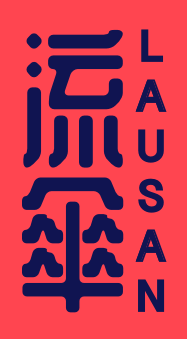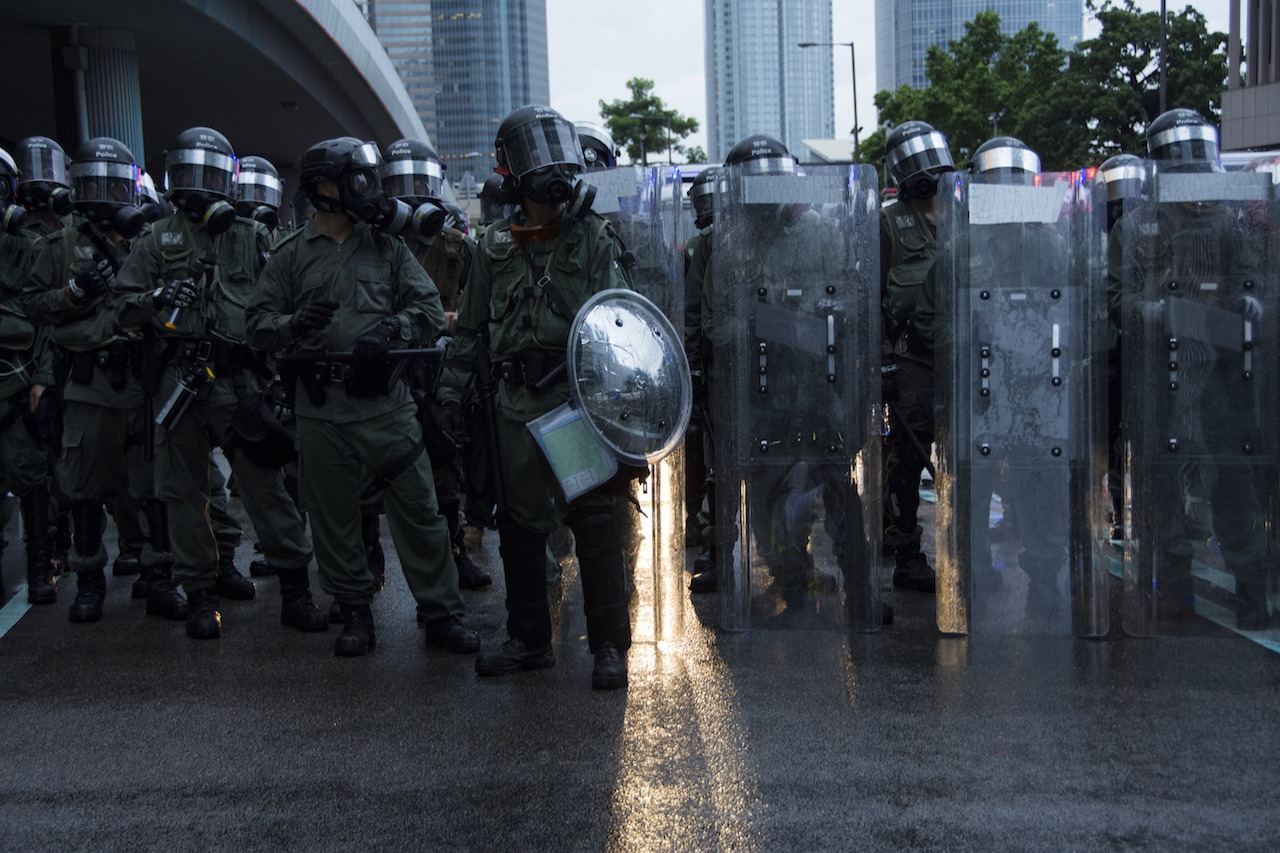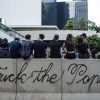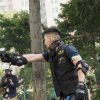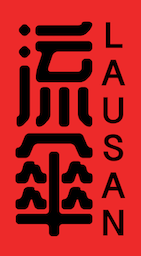Originally published in Popula. Republished with permission. Read this article in Chinese, Bahasa Indonesia, French and Spanish.
What is the point of the police? Many Hong Kong protesters are asking themselves this question. August 11 was one of the darkest moments of the recent protests, after riot police blinded a female first-aider, fired tear gas into two underground stations, and continued to brutally assault protesters and passers-by.
While the most recent protest movement began as a result of widespread opposition to the now-suspended—but not formally withdrawn—extradition bill that would allow dissidents, among others, to be extradited from Hong Kong to be tried and detained in China, the demands of the movement have evolved. Not only are people mobilizing against the Hong Kong Police Force’s (HKPF) dereliction of duty; they are also questioning the right of the HKPF—and the government from which it takes its orders—to uphold law and order, and what “law and order” even means. In doing so, Hong Kong protesters are radically reimagining what it means to be a citizen of the city.
“Citizen” can refer, on one hand, to a person’s designated legal status; on the other, it can refer to self-identification as part of a political community. The concept of the “good citizen” in Hong Kong has always been determined by the interests of the state and capital.
In 1966, 27-year-old So Sau-chung began a hunger strike at the Star Ferry Pier, in protest of a hike in fare prices that would impose an unfair burden on workers. As people congregated outside the entrance of the pier, So was arrested and charged with obstruction. Protesters marched to the British colonial government offices and argued that So had been unreasonably arrested; they went on to demonstrate in Tsim Sha Tsui over three nights. As protests escalated, some began to throw stones and destroy public property.
Predictably, riot squads were called out to quell the protest with tear gas, batons, and eventually a curfew: these young people were “causing trouble.” Subsequently, the government established a Commission of Inquiry to investigate the causes of what it ominously named the “Kowloon Disturbances.” British colonial administrators had previously asserted that a political consciousness did not exist in Hong Kong—in a 1960 interview with the South China Morning Post, the Minister of State for Colonial Affairs said that Hong Kong people are “more concerned with their day-to-day life.”
The Commission would later describe the anti-fare increase movement as a sporadic outburst of anger resulting from a combination of failures of government communication, negative attitudes towards the police, and the “endemic boredom” of young people, rather than as a meaningful and significant cry for political change. This was a classed and racialized designation: working-class Hong Kong Chinese men could not possibly be political subjects. In its closing recommendations, the Inquiry proposed the development of social services to foster “healthy community spirit,” that is, presumably, to discipline these unruly youths into obedient and productive subjects.
Reading against the grain of the colonial record, we see that the people of Hong Kong were never passive recipients of this fashioning from above. In a public petition against the Star Ferry fare increase—which collected 174,398 signatures, no small feat in the 1960s—one supporter wrote: “Citizens are already unhappy; if the government does not care and continues to do what it intends, then Hong Kong citizens’ interests will be neglected and they will lose all future protections.” Already in 1966 we began to see a parallel conception of the “Hong Kong citizen” as capable of making demands against an unaccountable government—and against a police force acting against them with impunity.
History often rhymes. Power may have shifted from the British empire to the Chinese state and local Hong Kong government, but the priority of “law and order” remains the same. The ideal Hong Kong citizen is a disciplined subject who keeps their head down, goes to work, and retains an unwavering belief in the sanctity of authority. They are willing to trade away their freedom for the illusion of “stability and prosperity.” In turn, the authoritarian state, having captured and co-opted British colonial structures for the purposes of siphoning off Hong Kong’s resources—the city’s only bargaining chip in the global neoliberal order—is able to consolidate control within its borders while extending neo-colonial projects abroad.
Hong Kong protesters, between a rock and a hard place, have remained unrelenting in their resistance to these attempts to mold them into submission. The case of Ken Tsang, a social worker who was beaten during a clearance operation in the 2014 Hong Kong protests, sparked significant outcry against police brutality. Most recently, Hong Kong protesters have condemned the HKPF’s use of excessive force in suppressing protesters and civilians, deliberate targeting of journalists, alleged collusion with criminal gangsters that led to the attacks on civilians in Yuen Long, politicized prosecutions, and unreasonable bans on peaceful rallies.
More fundamentally, Hong Kong protesters are questioning what the rule of law means when the rules can be arbitrarily changed by a rigged legislature and an unaccountable government beholden to China’s authoritarian power. They are also drawing attention to the power held by colonial-era officials in the city by virtue of their racialized and classed position, and the continued training and arming of Hong Kong police, still provided by the British—the colonial legacy that created the infrastructure for “public order,” rather than the public will, to be upheld at all costs.
Hong Kong protesters have long known that the concept of “criminality” itself is conveniently malleable; just as it was used to describe the “riotous” behaviour of young working-class men protesting a ferry fare increase in 1966, police are using it to justify arresting anyone, from Hongkongers storming the legislature, to a student carrying 10 laser pointers in his bag, to a community leader livestreaming operations.
This critique of “criminality” may well create the foundations for moving from an anti-HKPF to anti-police stance altogether—in short, an abolitionist politics. As Angela Davis writes in Abolition Democracy, egalitarian democracy will only emerge when all structures of domination are abolished. Apart from eliminating the existence of police and prisons, we must, in Davis’s words, “contest the absolute authority of law”: we must commit ourselves to the process of imagining solutions to structural problems—ways of relating to one another—for ourselves, and beyond pre-constituted frameworks designed to maintain the status quo.
The next step—one which has already been taken by some thinkers and commentators—is to strengthen the connection between the escalating police violence against protesters, and the daily violence suffered by those excluded from the ideal model of middle-class Hong Kong Chinese citizenship. As Hong Kong protesters fight against the kind of violence enacted by “dirty cops” against protesters, they must also commit to fighting the arbitrary designation of particular communities as “criminal.” In 2013 alone, HKPF conducted 1.6 million spot-checks—four times the number of spot-checks conducted by police in London and New York—disproportionately targeting minority groups.
After a protest in Tuen Mun in which protesters accused and harassed a group of women referred to as “prostitutes from the Mainland,” sex workers who bear the brunt of “anti-vice” crackdowns asked why they are not seen instead as allies in the fight against police brutality. Hong Kong has the highest proportion of female prisoners (of the total prisoner population) in the world. Academics have pointed out that for migrant sex workers in particular, there exists a “’conveyor belt’ … that takes women from the police station, through the courts, and invariably to prison.”
The border is itself a site of discipline where citizens are either included or excluded based on markers of race, gender, and class; legible as productive members in the economy of a global financial hub, or exploited as reproductive labour, ineligible to claim decent wages, housing, or permanent residence, rights that are routinely afforded to other (read: white) foreigners. The very construct of the border prevents us from exploring forms of self-determination that do not rely on the inclusion of some at the cost of the exclusion of others—and yes, this includes re-thinking the Hong Kong-China border beyond nativist chauvinism.
“There are no rioters; only tyranny.” An abolitionist politic for Hong Kong is not only possible; it is already in the making. We see this in critiques of the HKPF, as well as in online and frontline discussions on strategy that refuse division, offering solidarity against systemic political and economic injustice. The Hong Kong protesters are learning new techniques of mutual self-help and care designed to sustain people of all backgrounds, across all possible divisions.
This is not the romance of protest; it is a hardy, practical understanding of what it takes to preserve the individual and the collective, whether that is on the front line, at peaceful protests, across a border, or behind a laptop screen. A sense of community and responsibility, rather than violent discipline from above. “We climb the mountain in our ways, towards the same summit.” As we continue in our respective ways to resist the Hong Kong Police Force, the summit of our imagining may well emerge in the form of a new, anti-carceral collective.
